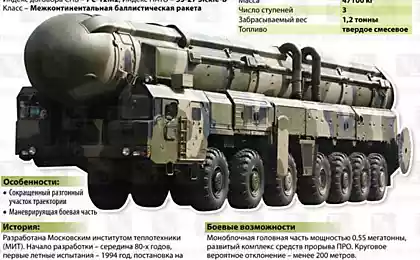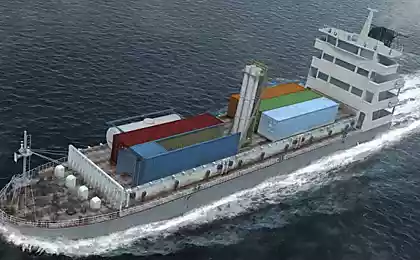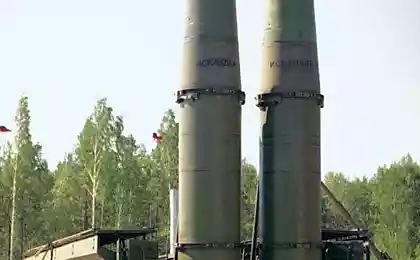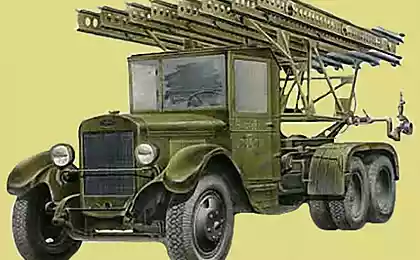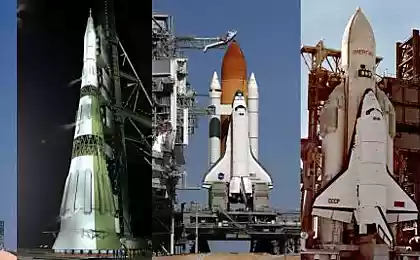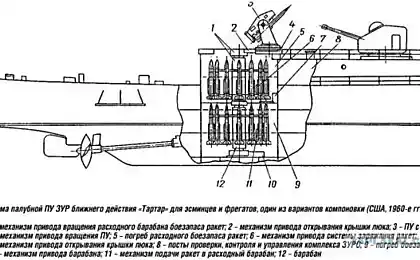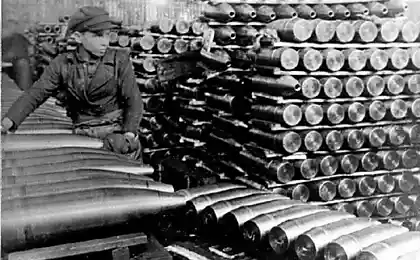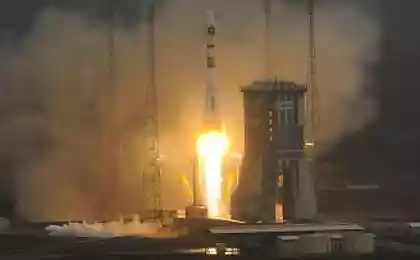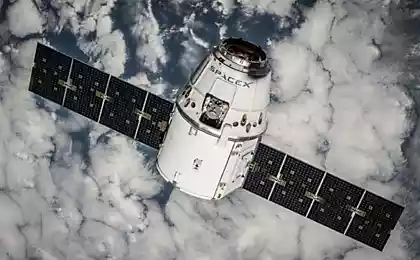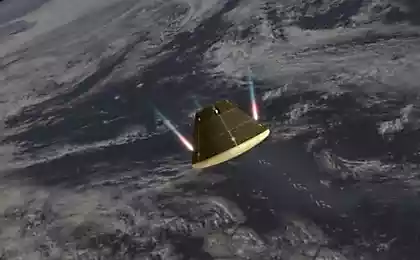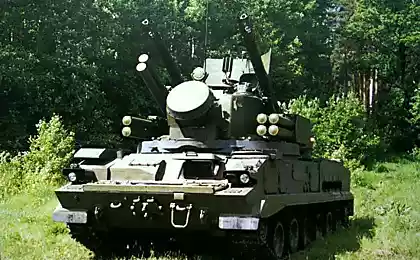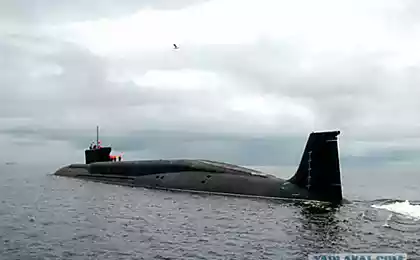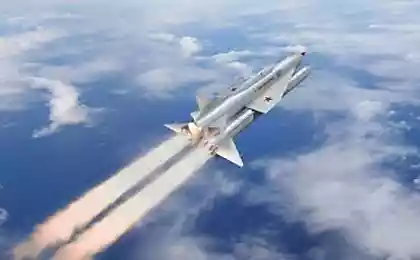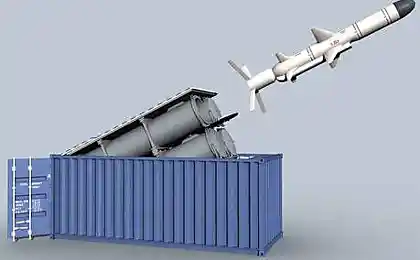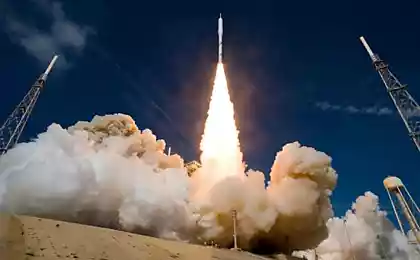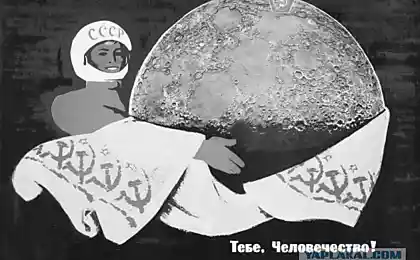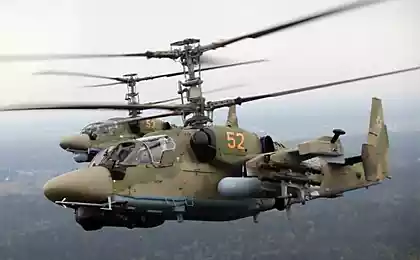632
How to set up missiles in Germany (15 photos + video)
In 1944, the inevitability of the defeat of Nazi Germany was already apparent. The last hope of the Nazis was Wunderwaffe - «miracle weapon", the latest military technology ahead of its time. The most impressive of the achievements of designers Reich steel V-2 rocket (from it. V-2 - Vergeltungswaffe-2 "vengeance weapons"). The first launch took place in March 1942, and the first operational launch - September 8, 1944. In July 1944, armaments minister Albert Speer, Hitler sent the approximate photographer Walter Frentzen make photo essay on an underground military factory Dora concentration camp, where was feverishly assembling the first batch missiles. The report was intended for the Fuhrer. Allegedly, these unique slides were found Frentzen son in 1998 in the attic of the old father's suitcase.

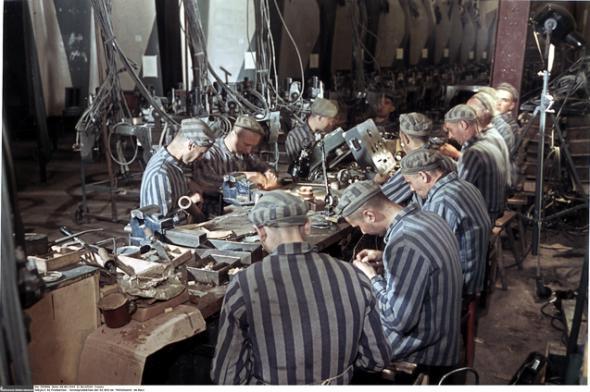
Despite the strict supervision of SS guards, the prisoners managed to sabotage. Perhaps for this reason many missiles have not flown to London.
To escape from the bombings Allied, German factories were buried deeper in the ground, in this case - in the rock:

Walter himself Frentzen:
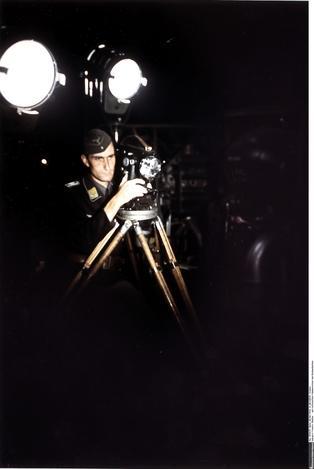
In 1939, he made color photography Moscow (not yet posted on the network).
German engineers debug control unit rackets:

Assembling the "electronics»:

Assembling the body:
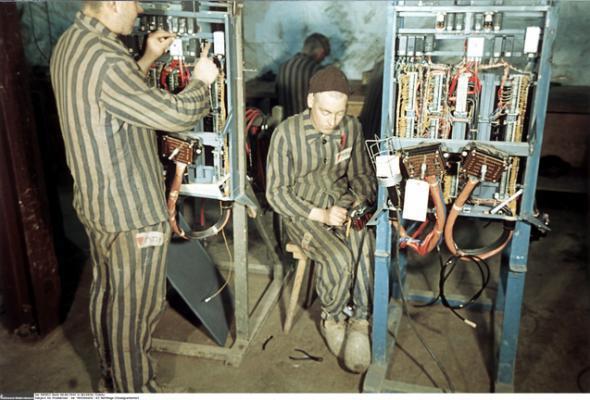
Assembly workshop engines:
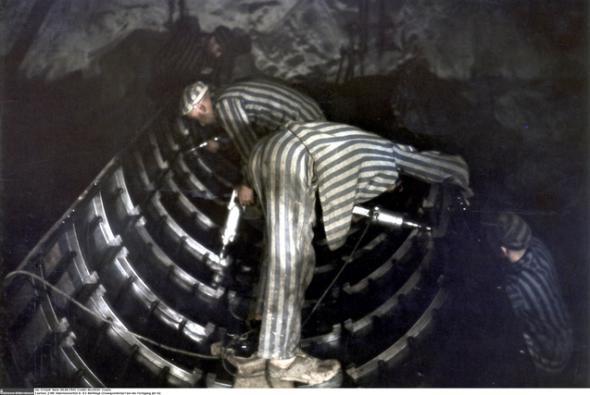
Rocket engine:

Installation of tail:
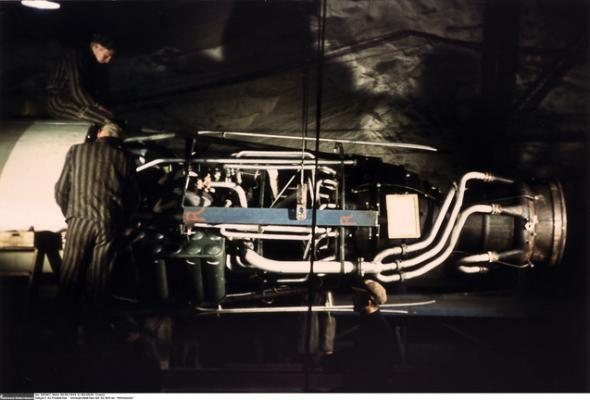
Looking at these pictures, involuntarily recall the words of Khrushchev, "we make missiles like sausages»:
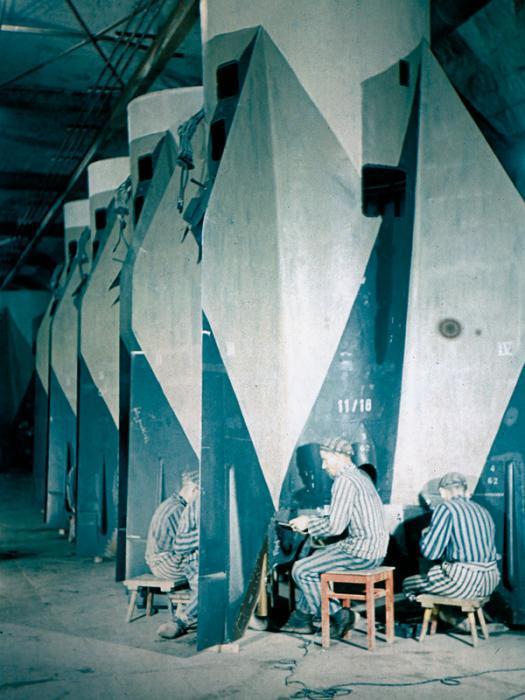
Assembly line:
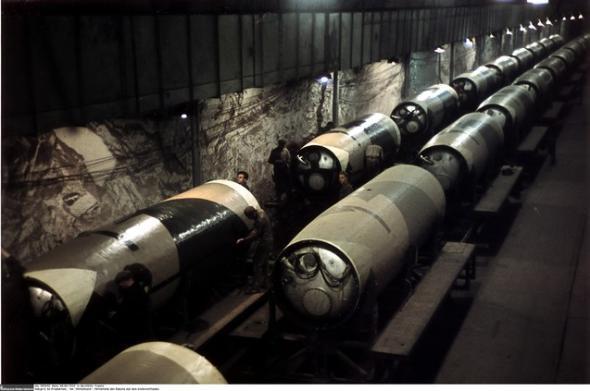
Assembled missiles displayed for the final test:

The launch:
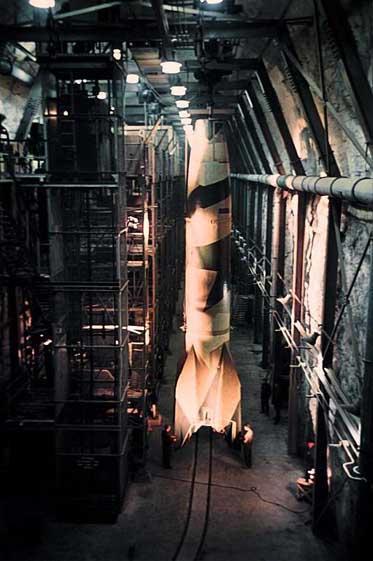
Number of Implemented combat missile launches was 3225. It is applied for the purpose of intimidation, hitting mostly civilians (killed about 2,700 people, it was subjected to shelling mainly in England, especially London). The military significance of the V-2 rocket was the void.
After the German surrender all equipment, ready to rocket and a team of engineers led by von Braun was taken by the Americans. For them it was ready missile industry saved years of work and billions of dollars.
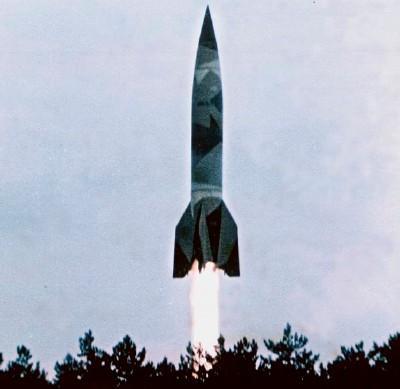


Despite the strict supervision of SS guards, the prisoners managed to sabotage. Perhaps for this reason many missiles have not flown to London.
To escape from the bombings Allied, German factories were buried deeper in the ground, in this case - in the rock:

Walter himself Frentzen:

In 1939, he made color photography Moscow (not yet posted on the network).
German engineers debug control unit rackets:

Assembling the "electronics»:

Assembling the body:

Assembly workshop engines:

Rocket engine:

Installation of tail:

Looking at these pictures, involuntarily recall the words of Khrushchev, "we make missiles like sausages»:

Assembly line:

Assembled missiles displayed for the final test:

The launch:

Number of Implemented combat missile launches was 3225. It is applied for the purpose of intimidation, hitting mostly civilians (killed about 2,700 people, it was subjected to shelling mainly in England, especially London). The military significance of the V-2 rocket was the void.
After the German surrender all equipment, ready to rocket and a team of engineers led by von Braun was taken by the Americans. For them it was ready missile industry saved years of work and billions of dollars.

Photos from behind the scenes of the film «Pink Floyd - The Wall» (22 photos)
Where cats love to rest (25 photos)
